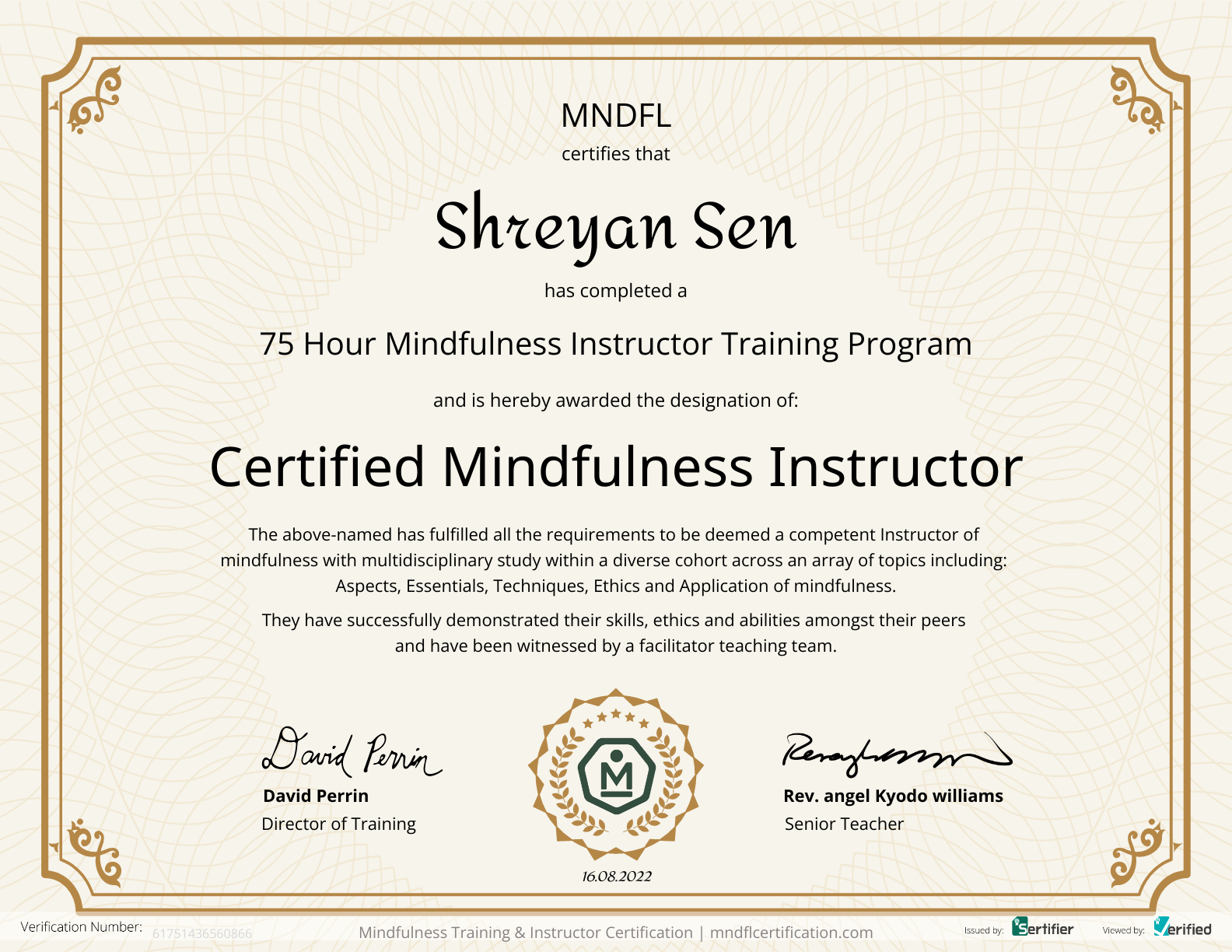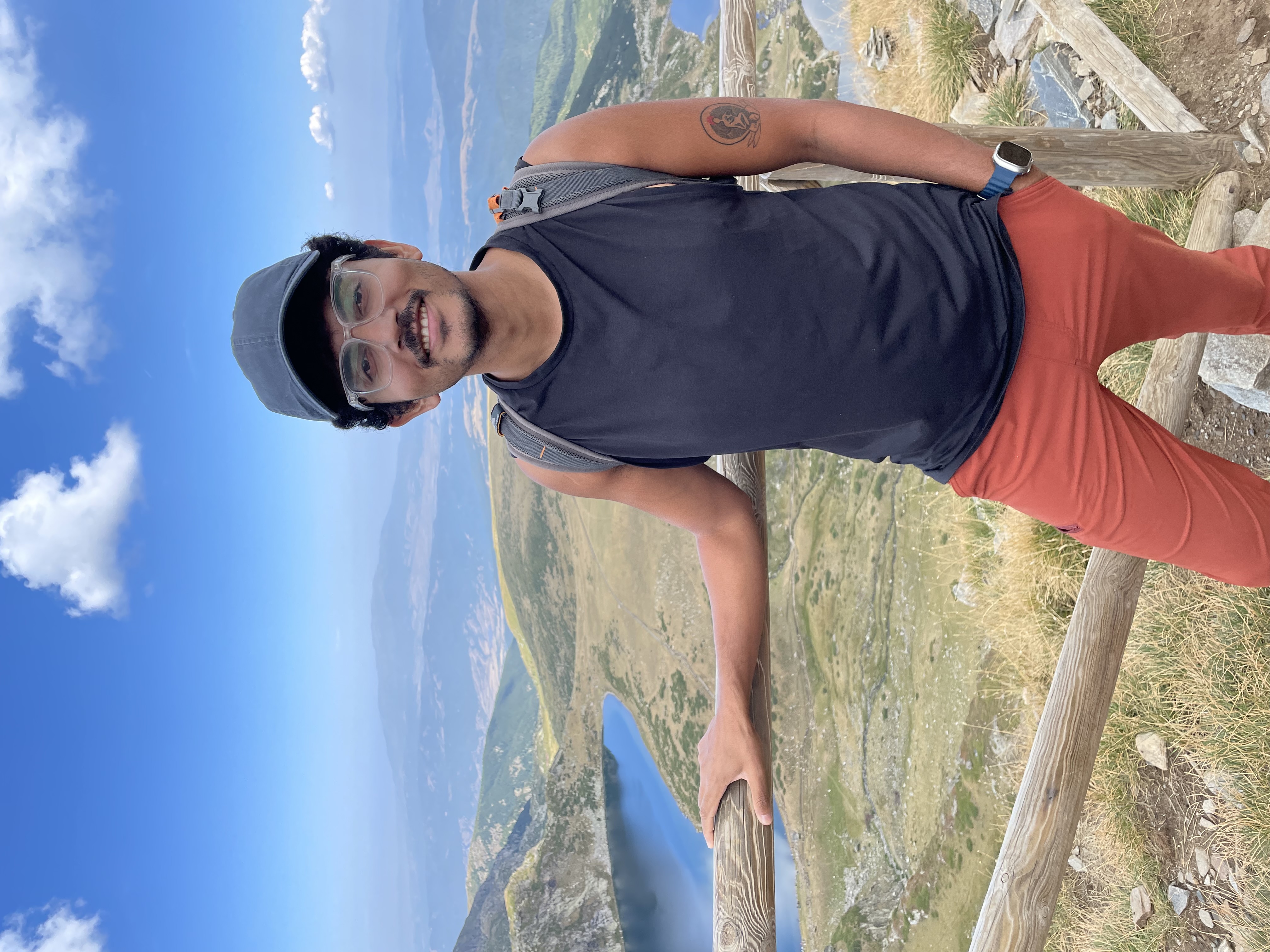What Is Mindfulness Practice
Mindfulness practice is said to be a fusion of two elements: awareness and acceptance. When I say “notice your tongue,” you become aware of your tongue’s physical presence. Acceptance means not identifying with and being carried off by our reactions to what we’re aware of. If I’m thinking “hmm my tongue feels dry, I wonder where my water bottle is”–I’ve gotten swept away by reactions to awareness of my tongue and off I go to lalaland. Acceptance doesn’t require flavorlessness; if you have a drop of honey on your tongue, you may feel sweetness or pleasure. There’s a part of you who is aware of that sweetness, aware of that pleasure. There will be a response and awareness can shift to include that response without getting carried away by it. But the awareness is not the sweetness, it is not the pleasure, it is not any response. It’s the window within which the response is being experienced. In mindfulness practice, the focus is on the window. We don’t really care what’s in it. The game is to notice the window itself and not get distracted by what’s in it. We stay with awareness without getting carried away by the subsequent chain of reactions. It is a practice of turning our awareness onto itself. Put the window in the window.
Historical Context
Various forms of mindfulness have been explored by many cultures, but much of what we hear about mindfulness today is rooted in ancient Hindu and Buddhist practices from Asia. Monastic and ascetic traditions in India used mindfulness practice as part of a broader program to encounter spiritual awakening. Today, people still engage with these traditions, which have crossed continents as they were passed down from Teacher to Student for thousands of years.
In the West, modern mindfulness has also secularized and split off from its roots. In the 1970s, Dr. Jon Kabat-Zinn took his experiences with mindfulness and developed them into a program called Mindfulness-Based Stress Reduction (MBSR), which brought mindfulness into the medical world as a treatment for conditions linked to stress–which is many of them! Since then a great deal of academic research has been done on mindfulness, and today mindfulness is used by hospitals around the world to support people suffering from anxiety, depression, stress, and chronic pain.
While mindfulness has a history of use in health and spirituality, it has other uses as well. Maybe you want to understand yourself better and see what triggers you or makes you happy. Maybe you want to learn how to stand up for yourself. Maybe you want to have more stability when you feel overwhelmed or angry. Maybe you want to experience deeper connections with your loved ones. Maybe you want to feel more confident in the workplace. Maybe you are processing grief. Maybe you’re just curious. Everyone has their own reason for engaging with mindfulness, and these reasons can change.
It’s important to understand that mindfulness is not a cure-all, nor does it always generate a helpful or pleasant experience. If you were to get a papercut, mindfulness of your pain might not make it go away–you might feel even more pain as you focus on it. Sometimes it’s better to take an ibuprofen than to use mindfulness. Psychological pain is no different. Mindfulness of trauma can trigger adverse experiences. This is part of the reason having a good mindfulness instructor or mindfulness community is a big support. It takes time to learn how to practice mindfulness well, when to push yourself, when to slow down, and how to create the spaciousness, insight, and freedom that mindfulness supports.
If you are curious to learn more, I can share some of the instruction I’ve received with you.
Your Mindfulness Instructor
I first sat in meditation over 15 years ago. Since 2020 my personal practice has greatly strengthened as I’ve practiced in community and at mindfulness retreats as part of Thich Nhat Hanh’s Plum Village tradition. In 2022 I completed a Certified Mindfulness Instructor course created by Rev. angel Kyodo williams, author of Radical Dharma: Talking Race, Love, and Liberation and the second Black woman in history to be authorized to teach Zen. Since 2022 I have made sincere efforts in practicing with Zen Master Jion, who is my teacher. I have been the main organizer and facilitator for several weekly mindfulness groups.

Offerings
If you are interested in sitting, let’s make a session together. A typical session consists of some combination of: mindfulness talks, reading, corrective posture, guided meditation, unguided meditation, deep listening session, and Q&A. Please contact me directly at noticeyourbreath@gmail.com to schedule a consultation.
